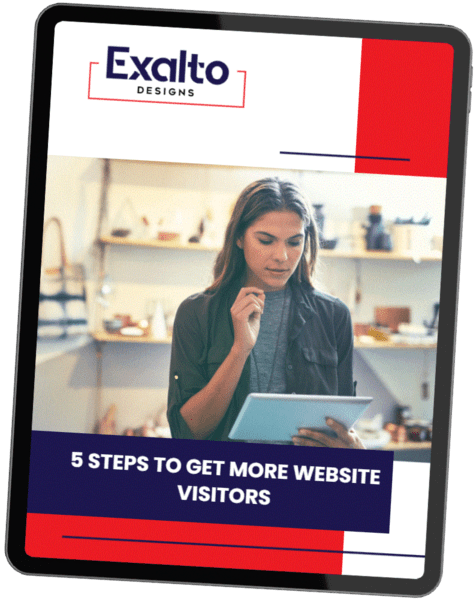Today, social media often takes center stage in marketing strategies, the power of email marketing for small businesses should not be underestimated. It’s a cost-effective, direct, and highly customizable way to connect with your audience, foster relationships, and drive sales. Let’s delve into why email marketing matters and a detailed step-by-step guide to get you started.
Why An Email Marketing Strategy Matters for Small Businesses
- Direct Communication: Emails offer a direct line to your audience’s inbox, ensuring your message reaches them without algorithm changes or platform limitations.
- Cost-Effective: Compared to traditional marketing channels, email marketing is incredibly cost-effective, allowing small businesses with limited budgets to reach a wide audience.
- Personalization and Segmentation: Tailoring content based on subscriber behavior and preferences helps in creating personalized experiences, driving higher engagement and conversion rates.
- Measurable Results: Email marketing platforms provide detailed analytics, allowing you to track open rates, click-through rates, and conversions, giving valuable insights for refining your strategy.
- Building Customer Relationships: Consistent communication through emails nurtures relationships, fostering trust and loyalty with your audience.
Step-by-Step Guide to Launch Your Email Marketing Strategy
Step 1: Set Clear Goals
Define your objectives. Is it to increase sales, drive website traffic, promote new products, or enhance customer engagement? Having clear goals guides your strategy. Setting aside a budget for your goals will help you reach them.
Step 2: Choose an Email Marketing Service Provider
Select a reliable platform like Mailchimp, Constant Contact, or ConvertKit. These offer user-friendly interfaces, templates, and analytics to streamline your campaigns.
Step 3: Build Your Email List
Create opt-in opportunities on your website, social media, and at checkout. Offer incentives like discounts or exclusive content to encourage sign-ups.
Step 4: Segment Your Audience
Divide your subscribers into smaller groups based on demographics, behavior, or purchase history. This allows for personalized content, improving engagement.
Step 5: Create Compelling Content
Craft engaging and valuable content. Use attention-grabbing subject lines, visually appealing designs, and concise yet impactful copy.
Step 6: Schedule and Send Your Campaign
Select the optimal time to send your emails. Test different days and times to identify when your audience is most responsive.
Step 7: Analyze and Optimize
Review campaign performance metrics regularly. Analyze open rates, click-through rates, and conversions. Use these insights to refine future campaigns.
Step 8: Automate Where Possible
Utilize automation for welcome emails, follow-ups, or abandoned cart reminders. This saves time and ensures timely communication with subscribers.
Conclusion
Email marketing remains a cornerstone for small businesses aiming to expand their reach, engage with their audience, and drive conversions. By following these steps and consistently refining your strategy based on analytics, your business can harness the potential of email marketing to propel growth.
Remember, success in email marketing takes time and continual refinement. Stay consistent, adapt to your audience’s preferences, and watch your small business flourish through the power of personalized and strategic email campaigns.



